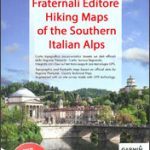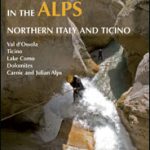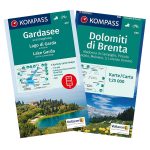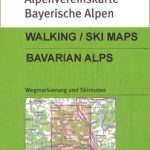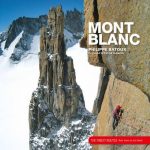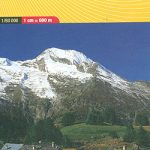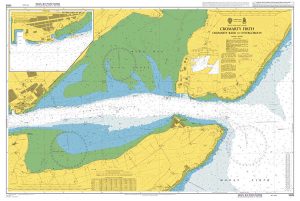Disclosure : This site contains affiliate links to products. We may receive a commission for purchases made through these links.
French Alps – Via Ferratas – 66 Routes Between Geneva and Brianรงon
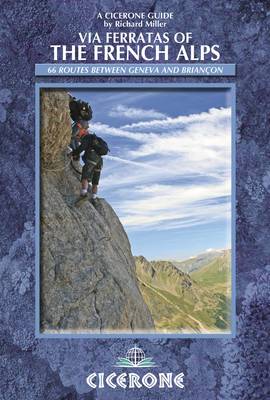
Via Ferratas of the French Alps by Cicerone covers 66 varied routes across six areas: Geneva and the Northern Alps, Chambรฉry, Tarentaise and Maurienne valleys, Grenoble and Brianรงon, amid the Mont Blanc, Vanoise and Queyras ranges. Difficulty ranges from easy, protected routes through to exposed, technical challenges. The routes in this guidebook range from straightforward, protected walks suitable for beginners and children, through to highly strenuous and massively exposed challenges suitable only for those with experience. The guide gives full explanations of all the techniques and equipment required and all routes are graded for difficulty, exposure and seriousness.The text describes a total of 66 varied routes across six areas; the routes illustrated by sketch maps and topo diagrams and are accompanied by a glossary of via ferrata terminology and a list of useful French words and phrases.The book also offers information on the location on or near the routes, such as the Mont Blanc Massif, Lac Bourget, the Beaufortain Massif, the Vanoise Massif, the Chartreuse Massif, the รcrins Massif, the Queyras Massif and many other scenic highlights of the French Alps. The guides provides extensive advice on when to go, getting there and around, accommodations, equipments, moving safely, accidents, mountain rescue and climbing with children.More information:Via Ferrata climbing ‘“ using fixed cables, bridges and ladders to explore terrain that is normally only accessible to experienced rock climbers ‘“ combines elements of scrambling, mountaineering and rock climbing, yet is a very distinct pursuit. Increasingly popular, recent years have seen a surge in the number of routes being established in these iconic mountains.Modern Via Ferratas originate in the Italian Dolomites and were first created in the late 19th century to assist early tourists with mountaineering ascents by replacing ropes with fixed cables and metal rungs. In more recent times they have been rediscovered by Italian mountaineering enthusiasts and, in the late 1980s, the first routes were constructed in France.The French routes are quite different from the Italian routes and are more similar to sports, scrambling and rock climbing routes, with the steepest terrain requiring a reasonable level of fitness and no vertigo.



























